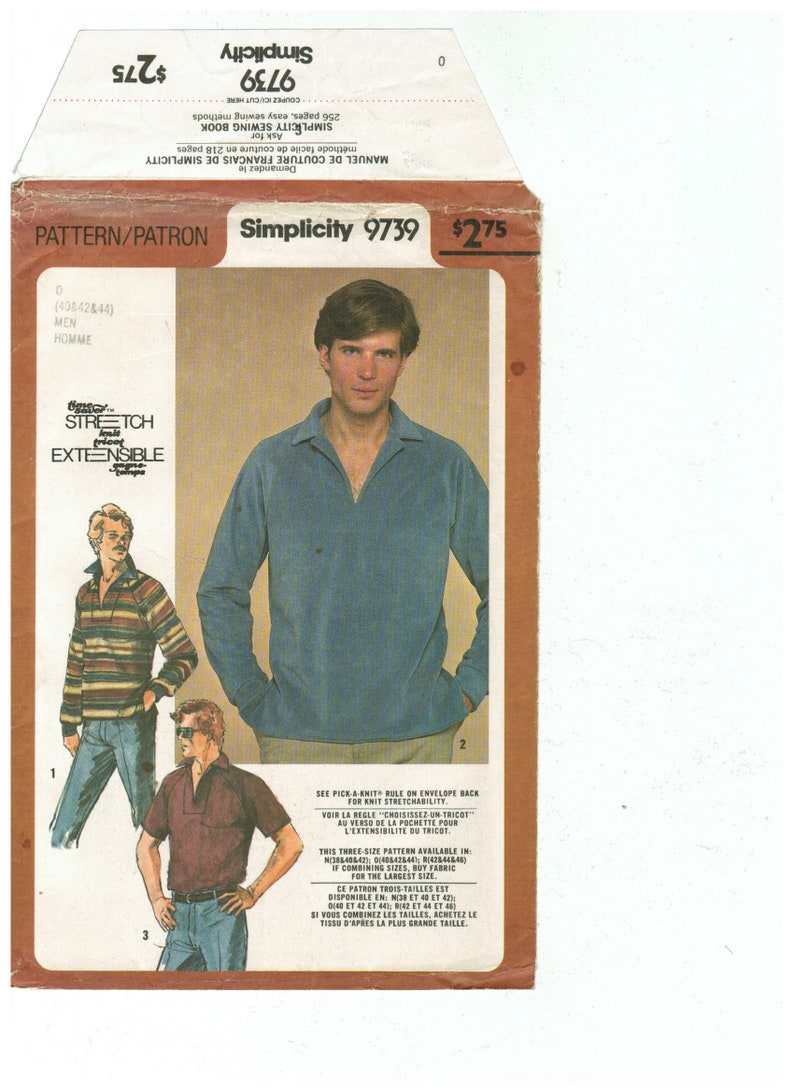


Most importantly, by the time we reach the insane third act, as tensions mount and characters take actions they cannot take back, we do come to really care for Howard. But in that period, it’s easy to just marvel at Sandler’s performance and all the different elements the Safdies are juggling at once. The chaos of the content and the style does, however, make it take a while before we can get invested in Howard, so the first act and part of the second feel a bit like an emotional plateau. The way the script evolves this story is shockingly cohesive, considering just about every scene has 10 conversations happening at once.

Idina Menzel, as Howard’s soon-to-be ex-wife, and Lakeith Stanfield, as the middle-man between Howard and Garnett, particularly stand out, as well as Eric Bogosian as one of the many people Howard owes money to, but with a unique emotional tie to him. Aside from Garnett, the rest of the supporting cast is strong as well. Uncut Gems slowly peels back the layers on just how many places Howard has money, as well as all the places he owes it, which lets the film unravel into a chaos of sad, unhealthy promises we can tell aren’t going to be fulfilled. The actual plot of the film revolves around Howard trying to get back a precious gem he bought from Ethiopian miners after he loans it to basketball star Kevin Garnett (who does a hilariously kooky riff on himself in an unusually sizable role). Even so, this film does virtually no harm to their growing and genuinely deserved auteur status. More money onscreen and off gives them more room to play as artists, but there is just a hint of extra grime from Good Time or even indie gem Heaven Knows What that it’s hard not to miss. It’s an aggressive film, visually and spiritually, though one with characters better off than most of the Safdies’ other leads. There’s a gorgeous grunge to the film reminiscent of 1970s Martin Scorsese, who fittingly serves as executive producer, as Uncut Gems winds up being a small-scale crime saga unafraid to dish out harsh realities, albeit with just enough heart. The Safdie brothers continue to hone that here, employing rapid cuts, intense close-ups, harsh lighting, loads of neon, and a moody synth score to create a hectic, anxiety-inducing mood that assaults the senses until the film’s resolution.


 0 kommentar(er)
0 kommentar(er)
